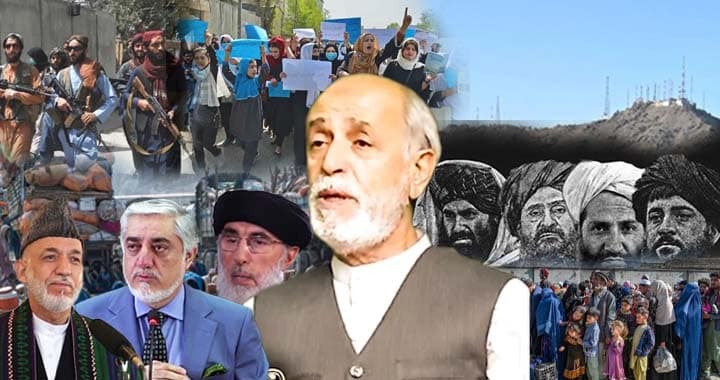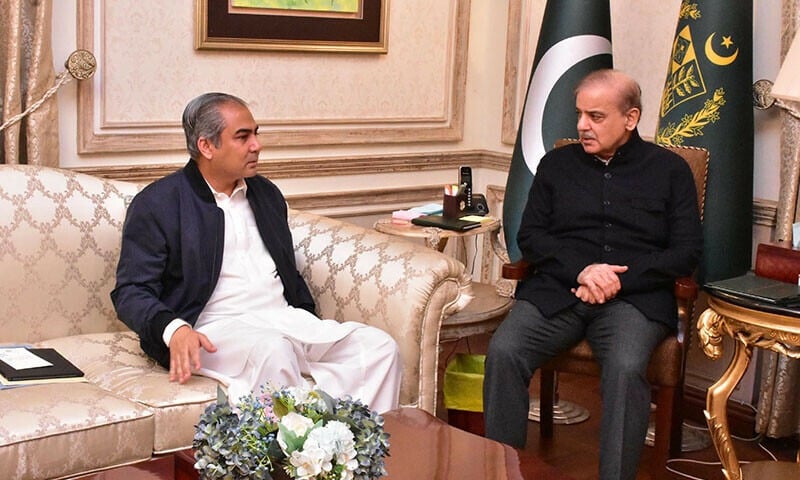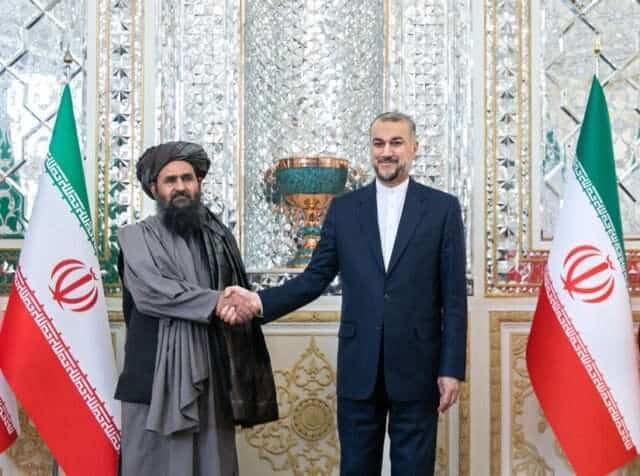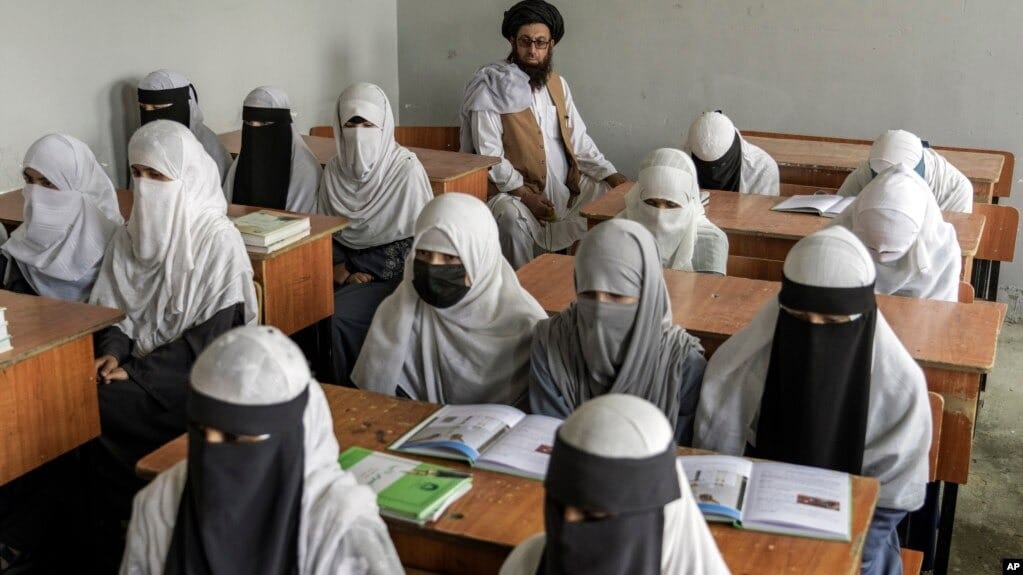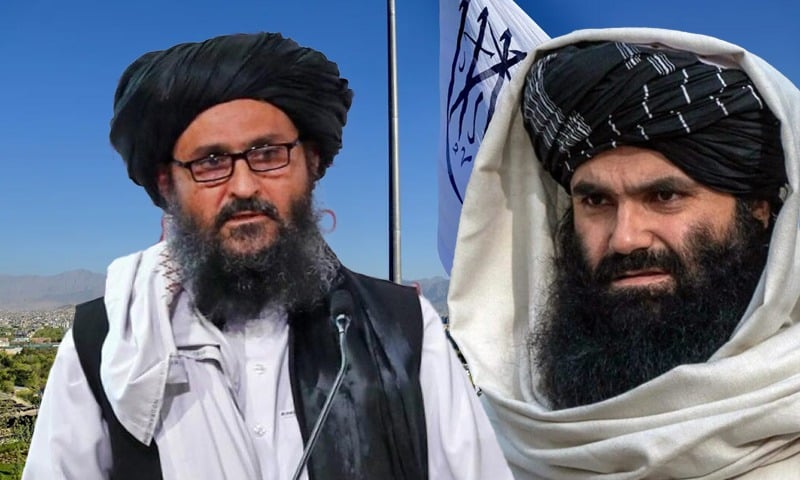For the past several days, Afghanistan has been plunged into an eerie silence, not just metaphorically, but literally. The internet shutdown, though described by Taliban as a “technical fault,” is in fact a calculated, deliberate move orchestrated by the Taliban’s top leadership in Kandahar. The decision reportedly came directly from Supreme Leader Mullah Hibatullah Akhundzada, and it is far more telling than it may seem.
At its core, the blackout was aimed at sealing Afghanistan off from the world, in response to a growing crisis within the Taliban ranks and the regime’s increasingly draconian policies, especially the ban on women’s education, which some circles were attempting to circumvent via online learning platforms supported by international groups.
But there’s more to this than just controlling education.
Mullah Hibatullah fears the power of the internet as a conduit for dissent, information, and political activity. The rise of WhatsApp as a political mobilisation tool and the rapid circulation of images featuring key figures like Karzai, Hikmatyar, and Dr. Abdullah further worried the Kandahar circle. For Hibatullah, visibility equals vulnerability, and in the age of digital media, too many truths were beginning to slip through the cracks.
The power struggle in Afghanistan today is not just between factions, but between isolation and engagement, between Kandahar’s ideological rigidity and Kabul’s political pragmatism.
While Hibatullah governs from behind closed doors in Kandahar, rarely seen and only accessible to a few handpicked clerics, his decrees weigh heavy on the day-to-day lives of Afghans. Meanwhile, the so-called acting ministers and political leaders in Kabul are caught in a difficult bind. They recognize Afghanistan cannot survive in global isolation. The economic backlash of internet disruption, impacting banking, trade, air travel, and even remittances from millions of Afghans living abroad, led to widespread unrest and ultimately forced Taliban spokesman Zabihullah Mujahid to issue a half-hearted denial, calling it a “technical issue.”
But the fracture lines run deeper than internet cables.
There are real, longstanding divisions within the Taliban regime, primarily between the Kandahari faction and the Haqqani Network. This rift dates back to August 15, 2021, the day Kabul fell. Initially, Mullah Abdul Ghani Baradar was the face of the victory. But he was soon pushed aside, allegedly under pressure from foreign actors, and the Haqqanis, particularly Sirajuddin Haqqani, rose in prominence.
Mullah Yaqub, the son of Mullah Omar and a prominent Kandahari figure, resented this shift and remains deeply opposed to Haqqani dominance. These factions are not just divided by ideology, but by blood, tribal loyalties, and strategic vision. Haqqani leaders like Khalil Haqqani and even figures like Dr. Ayman al-Zawahiri have been targeted in Kabul, exposing vulnerabilities and intensifying the mistrust within the ruling elite.
Even within these camps, there is a quiet purge underway. Those who dissent, or even voice concern, are quietly removed. Abbas Stanakzai disappeared for a time, ministers rotate out with little notice. Each department has become a miniature fiefdom, with jobs and resources distributed based on nepotism and factional loyalty.
But this internal implosion is not just a domestic Afghan issue. Its fallout is now directly impacting regional security, particularly Pakistan.
Many disgruntled Taliban fighters, especially those who fought in the post-9/11 insurgency, are increasingly alienated by the current Emirate. These disillusioned fighters have found new homes, in the banned Tehreek-e-Taliban Pakistan (TTP), in Daesh, and in a variety of other violent outfits. The rise of foreign terrorist organisations (FTOs) in Afghanistan today is not merely speculation. It is a reality.
From the TTP to the East Turkestan Islamic Movement (ETIM), the Uzbek Islamic Movement, Al-Qaeda, and even elements of BLA and Indian-backed proxies, at least 23 to 27 active terrorist outfits are known to operate with relative impunity inside Afghanistan. Many of them share ideological sympathies, logistical networks, and battlefield objectives.
Despite their personal or political rivalries, these groups are united in their capacity for violence, especially against Pakistan.
When one group identifies a target across the border, the others readily offer support, arms, intelligence, and manpower. It’s a system not unlike the Pashtun “Ashar” tradition, where community members band together to help build a house or harvest crops. Except here, the “harvest” is death, and the “community” is a web of transnational militants.
Within the TTP alone, multiple factions operate: Mufti Noor Wali Mehsud’s leadership, remnants of Mangal Bagh’s Lashkar-e-Islam, groups loyal to Fakir Mohammad, and others tied to Hafiz Gul Bahadur. Each has splinters of its own, yet they converge when it comes to attacking Pakistan.
This is the complexity of Afghanistan’s militant ecosystem. These groups may feud over power, turf, or spoils, but when it comes to their shared enemies, they act as one.
So, can the Taliban act against these foreign terrorist groups?
In my view, no, not genuinely. Not only are many of these fighters historically allied with the Taliban during their two-decade insurgency, but some are ideologically indistinguishable from the ruling cadre. Others are simply too embedded within the tribal and mountainous terrain of Afghanistan to be meaningfully uprooted, especially when the central leadership is too fractured and too paranoid to enforce any meaningful counterterrorism framework.
What we are witnessing is not governance. It is a patchwork of fiefdoms, managed through decrees and controlled disconnection from the world. The Taliban may control territory, but they do not command unity. And in that vacuum, militancy thrives, fed by anger, disillusionment, and the Taliban’s failure to deliver even a semblance of justice or opportunity.
The Taliban’s internal rifts, the growing alienation of veteran fighters, and the unchecked rise of regional terrorist outfits are all part of the same story. A story that will not stay confined to Afghanistan’s borders.
And unless the region, and the world, begins to understand and address these dynamics, we may soon find that the silence in Afghanistan was not the end of a war, but the calm before another storm.

